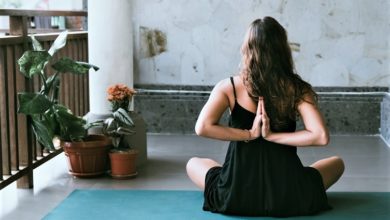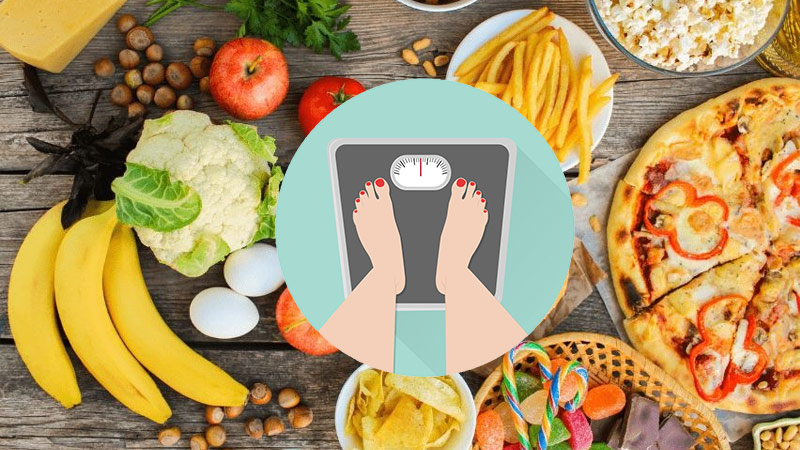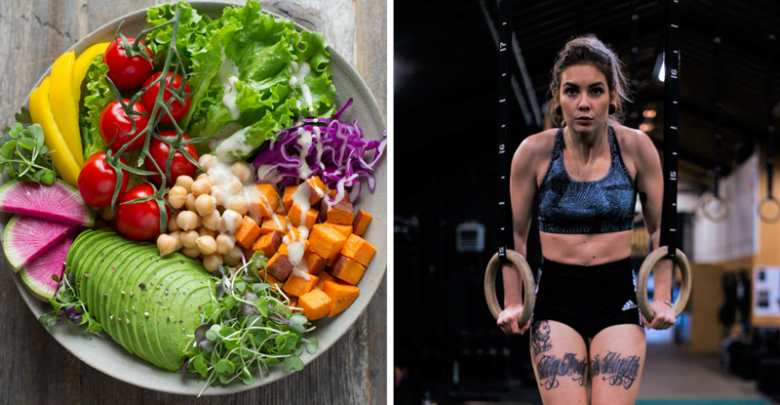
The Tasty Vegan Muscle Building Diet You Need to Try Today
Vegan muscle building meal plan
Now more than ever, women are aligning their fitness journey with vegan diets. But can you build muscle with plant-based food? We’re here to tell you yes! It’s totally possible to be plant-based and grow lean muscle to be proud of. Here is your plan to perfecting a vegan muscle building diet.
Example Vegan Muscle Building Diet Plan
To start, we’ll dive right into a tasty plan you can try today.
This example plant-based diet plan was put together for a 5’ 5” woman. She currently weighs 65 kg and would like to build some muscle. So, we’ve added 15-20% onto her daily calorie count for maintaining weight.
Throughout these daily dishes, we’ve looked to include high-quality proteins. Most online diet plans tell you to just eat loads of soy, but not us though. We say mix it up a little to hit your necessary grams of protein.
One of the best things to include in a vegan diet is an abundance of beans, nuts, and seeds. With this complete mix, you’ll bag all the amino acids like meat eaters. But you’ll be able to do it without the actual meat part.
Are you ready to gain muscle? Get your grocery game on and hit the kitchen quick snap. This is what you’ll need to rustle up…
Breakfast – Smoothie bowl
- 1 – Frozen banana (medium)
- 150 g – Frozen berries
- ¼ cup – Unsweetened almond milk
- 1 tsp – Agave syrup
- 20 g – Crunchy 100% peanut butter
- 30 g – Vegan protein powder
Method: Blend everything together and top with coconut dust
Snack 1 – Nuts and beans
- 30 g – Walnuts
- ½ cup – Edamame (light soy sauce to taste)
Lunch – Black bean and tofu stir fry bowl
- 100 g – Grilled tofu (lightly brushed in miso paste)
- 130 g – Black beans (stir-fried w/ mushroom, onion, red bell pepper, and light-stock)
- 50 g – Broccoli (steamed)
- 1 cup – Cooked quinoa w/black pepper and lemon to taste
Method: Marinate your tofu in brushed miso before placing it under the grill. Next, set your quinoa cooking in a small plan, chop and stir fry your veg w/ black beans, then finally steam your broccoli to eat on the side. Alternatively, cook beforehand and meal-prep for busy days.
Snack 2 – Protein drink
- 30 g – Vegan protein powder
- 300 ml – Unsweetened almond milk or soy milk
- 20 g – Peanut butter
Method: Blend it all together
Dinner – Chickpea chili sin carne
- 150 g – White rice
- 200 g – Tinned chopped tomatoes
- 1 ½ cup – Chickpeas
- 50 g – Spinach
- 50 g – Broccoli
- 3 – Garlic cloves (minced)
- 1 – Red onion (medium)
- 3 – Brown mushrooms (sliced)
- 1 tsp – Chipotle chili flakes
- 1 tsp – Smoked paprika
- ½ tsp – Cumin
- ½ tsp – Tabasco sauce
- ½ tsp – Cacao powder
- 1 tbsp – Cilantro
- 1 tbsp – Oregano
- 1 tbsp – Marjoram
- 2 splashes – Liquid smoke
- ½ cup – Vegetable stock
Method: Sautee mushrooms, garlic, and spices first. Then add the chickpeas and tomatoes alongside the stock. Cook off the water until nice and thick. Let the rice cook in a separate pan and steam your greens.
Total calories: 2,124
Protein: 131 g
Fat: 67 g
Carbohydrates: 258 g
 How to Build Muscle on a Vegan Diet
How to Build Muscle on a Vegan Diet
Believe it or not, building muscle on a vegan diet is no different than any other. Meat eaters don’t hold some kind of secret to size development that we can’t have.
Instead, the science is exactly the same. Vegans just don’t consume animal products, which means they might have to source nutrients from elsewhere. But guess what? That’s fine! Mother nature provides all kinds of planty goodness for our physiques. Check out these inspiring vegan women for yourself.
First, we need to know muscle is actually built. The simplest and shortest explanation is this…
When we work out, our bodies are met with resistance. Of course, the challenge we take on defines how much resistance we face.
Lifting something heavy obviously places much more of a demand on our muscles than jogging a quick kilometer or two to work. Hence the expression ‘resistance training’ mainly being used to describe lifting weights.
[Related article: Essential Lifts Every Woman Should Know]
Breaking and repairing muscle
This resistance causes muscular damage, which we call tiny microtears. Providing we have the right amount of protein in our diet and proper recovery, these microtears can be repaired. Imagine it somewhat like patching up holes in a wall.
Typically, when these torn microfibers are patched up, they return thicker. And when the cross-sectional area of these fibers gets bigger, muscular hypertrophy happens. Over time the thicker fibers begin to add up and you’ll notice your muscles being built into a bigger, stronger shape.
But how do you even rebuild a muscle fiber? The answer – protein.
Naturally, there are other things at play, but the fundamental factor is taking amino acids to the trauma site to fix it up. Imagine these like individual building blocks that make up proteins.
As you’ve probably guessed, protein is a big deal for building muscle. It’s quite literally the single most important macro for your body gains. Without it, the muscle you want to create just cannot come to be. With it, well, the possibilities are almost endless.
[Related article: These 17 Vegan Foods Have the Highest Protein Content]
The basics of a vegan muscle building meal plan
Fixing up your own meal plan doesn’t need to be difficult. Not if you can master these basics anyway.
Working out your calories
First up, let’s look at calories.
Just like any effective meal plan you need to work out how many calories you need. As we’re building strong vegan muscle here, we’ll add a little +15-20% to this number.
The science is really simple – calories-in are in a constant battle with calories-out.
If you eat more calories than you burn in a day, you store the rest as body fat. If you eat less than what you burn in a day, you tap into your fat stores to make up for the deficit. In short, you’ll lose body fat by using it for fuel.
But what about balancing your calories in the middle? Well, that’s even simpler…
Eat the same – stay the same
Eat the same – stay the same. If the calories you eat match the ones you burn, you’ll maintain weight.
The number of calories you burn per day is known as your Total Daily Energy Expenditure (TDEE). If you already know this, feel free to skip the next part.
TDEE Equation
To find out a close estimate of your TDEE we’ll use the following equation:
First, find out your BMR – this is the number of calories you burn at rest…
BMR = (height in cm x 6.25) + (weight in kg x 9.99) – (age x 4.92) – 161.
Next, to find out your TDEE you’ll multiply BMR by your activity level…
- Sedentary – none or very-little exercise = x1.1
- Lightly active – (sports 1-3x a week, light training) = x 1.275
- Moderately active – (sports 3-5x a week, moderate training) = x1.35
- Very active – (sports 6-7x a week, hard training) = x1.525
Here’s an example for you to follow for a 23 y/o woman who is five foot six. Her current weight is around 63 kilograms.
BMR = (165.1 x 6.25) + (63 x 9.99) – (23 x 4.92) – 161
BMR = 1,031.86 + 629.37 – 113.16 – 161
BMR = 1,387.07
We also know that she likes to hit the gym five times a week. So, as a moderately active gal, we’ll x her BMR by 1.35 to find her TDEE.
TDEE = 1,387.07 x 1.35
TDEE = 1,873 kcal
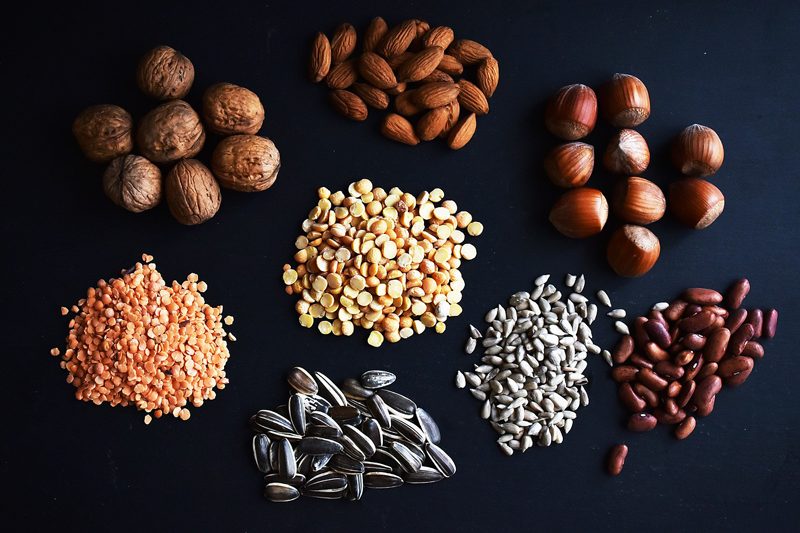 Building muscle with a calorie surplus
Building muscle with a calorie surplus
Hands down one of the best things about building muscle is not going hungry. We genuinely must eat beyond our TDEE to supply the body with extra building fuel.
Yass. It sounds too good to be true, but it’s not.
It goes beyond just getting more protein. Going into a calorie surplus gives our muscles excess fuel to grow. Healthy fats and carbs can be used as muscle building tools too you know.
But… This tasty surplus does come with a calorie cap. Sorry, not sorry.
How to stay lean when bulking
To keep you lean, mean, and importantly green – we’ll be using a +15% add-on.
Our example calorie count will now be: 1,873 + 15% = 2,153 kcal
Once we start to creep toward 20% and beyond, we’ll begin adding more fat to our frames. If we go too far with our surplus, we lose leanness, which is not what we want.
While it’s perfectly fine to carry body fat, a dirty bulk approach isn’t good for your health. Treat it kindly with a well-planned clean bulk.
Balancing your macros
Now you know how many calories you need, it’s time to put them into action. This is the point where we break them down into specific macronutrient ratios.
You’ll probably have heard of this bit as balancing or setting up your macros.
Your somewhat first priority when building muscle is protein. After all, it’s these amino acids that fix your muscle fibers, resulting in your body becoming firmer, stronger, and bigger where you want it to be.
There are only three macros for you to learn:
- Protein – 4 kcal/g
- Carbohydrates – 4 kcal/g
- Fats – 9 kcal/g
As you can see, carbs and protein have the same calories per gram. However, fats have over double the amount, hence why they’re often demonized by mainstream dieters.
[Related article: What does IIFYM Mean? – A Guide to Flexible Dieting for Fat Loss]
Getting enough protein on a vegan diet
Getting enough protein on a vegan diet doesn’t need to be hard. Plant-based protein sources can actually be found in more places than people think.
Plus, it’s now easier than ever to pick up plant protein supplements too. So, you can say no-whey to whey protein every day if you choose.
According to the International Society of Sports Nutrition, you need around 1.4 g – 2.0 g of protein per pound of body weight to build muscle [1]. It’s also suggested to take in around 20 – 40 g per meal, to spread out your intake throughout the day.
Therefore, you’ll need to find out your weight and multiply it by somewhere between 1.4 – 2.0g. Got it? That’s your recommended protein requirements for the day.
Once you have this number, multiply it by four to find out how many calories that is as well. You’ll need that figure for the next part.
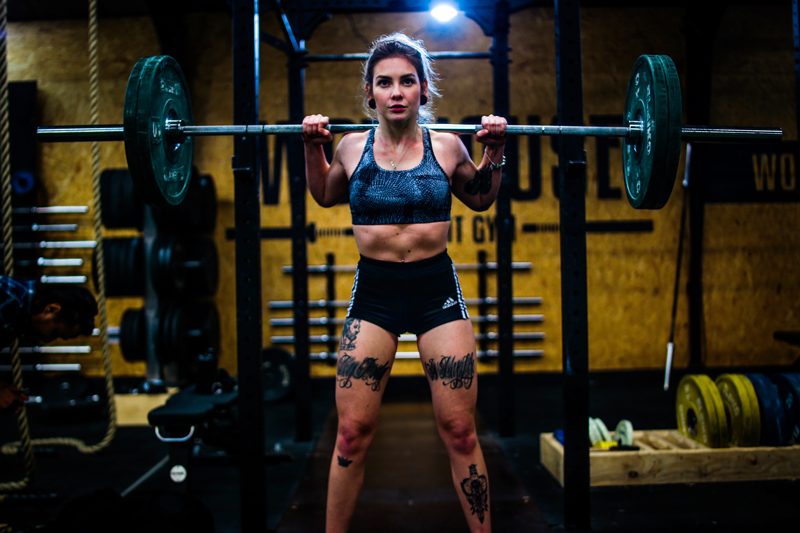 Fitting protein into your macros
Fitting protein into your macros
Finally, subtract that from your overall TDEE. We’ll use the same woman as earlier for an example:
63 kg x 2 = 126 g
However, an easier method which some gym-goers use is the gram per pound approach. Simply take in one gram of protein for every pound of body weight. This is equal to 2.2 g per kg of body weight.
Now, to find out the protein’s calorie worth, we just hit: 126 x 4, which = 504 kcals. That leaves us with 1369 kcals left to use that day.
Carbohydrates and fats
Getting your protein intake in order is the first step to building muscle. Now it’s time to fix up your carbs and fats.
As a vegan, you might naturally find you eat more carbohydrates than a typical meat eater. Guess what? That’s totally fine. So long as you’re balancing out our macros with healthy amounts of each, you’ll be okay.
The remainder of your calories should be divided between these two macros.
Why you need carbs and fats
Carbohydrates work to give you energy to power through your muscle building strength sessions. Fats do too, plus they provide important parts for managing hormones as well.
Together carbs and fats work together to keep you strong, energized, and healthy.
You’ve probably heard about good fats before. These are typically found in nature, and for vegans, they’re just as tasty.
So, don’t skip out on the nuts, natural oils, and avocado if you don’t have to. Use them to flavor your food and up your calories daily. If you’re in doubt, use a macro tracking app to keep your vegan muscle building diet in check.
Another thing to remember is that carbohydrates are your body’s preferred energy source. Scientists also say they can help protein synthesis, which is the process of rebuilding new muscle.
Of course, this is good news for you. Therefore, try to use fast-acting carbs for when you’re close to training and complex carbs for everywhere else. Also, look to keep carbs around 50% or below your whole macro count to stay well-balanced.
 The best of the rest – micronutrients
The best of the rest – micronutrients
Much like you have your macros, micronutrients are vital for health as well. They’re the tiny vitamins, minerals, and elements that aid biological functions you do every day.
In short, without micronutrients, you’d be pretty screwed. So it shouldn’t be a shock to find out they’re a very important part of your vegan muscle building diet.
The most abundant source of vitamins and minerals is the food we eat. That’s why it’s important to choose rich, whole foods over cheap and nasty processed stuff.
Therefore, we always recommend trying to eat a colorful array of fruits and vegetables. Doing so gives you the best chance of bagging a whole lot of micronutrients naturally. In our eyes, the more rainbow-esque and colorful your plate, the better.
A great way of making sure your micronutrients stay safe is to cook veg lightly. Well-cooked vegetables will have a tell-tale crunch, which is a sign they’re good to eat. For us, nothing beats a quick flash in the pan or a hot-minute or two in a steamer.
We repeat – try not to boil things down to mush. When you do this much of the vital micronutrients escape and don’t make it into your body.
Mushy vegetables also taste pretty bad…
Essential supplements for a vegan muscle building diet
It’s true – no supplements are absolutely essential. But there are a few out there that can take your progress to the next level.
As a vegan, you’re less likely to come across certain things naturally. Don’t get mad, we all know it’s true.
And while this might not be a problem for gen-pop, you’re far from an average Annie. You’re here to shape, define, and construct your best body yet.
You’re a strong, powerful woman with a goal.
With this in mind, we recommend securing the following scientifically supported supplements. They’re usually less abundant in vegan food, so supplementing is considered a smart move:
- Creatine
- Vitamin B6 & B12
- Vitamin D
- ZMA (Zinc, Magnesium, Vitamin B6)
- Digestive enzymes
- Protein powders (for convenience)
- Iron (if necessary)
Some vegans like to cover all based with a high-quality multivitamin as well.
[Related article: 5 Best Supplements for Weight Loss and Muscle Gain]
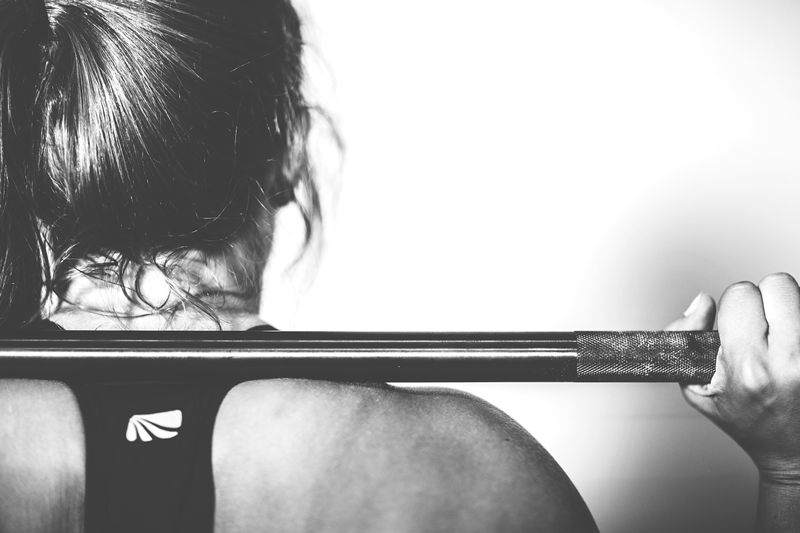 Last bite on the Vegan Muscle Building Diet
Last bite on the Vegan Muscle Building Diet
Today, veganism is becoming one of the fastest growing eating trends on the planet. More women than ever are going plant-based for a multitude of reasons.
A choice to eat vegan for your health, the environment, or animal welfare shouldn’t impact your ability to build muscle. With the right know-how and imagination, there’s no reason you can’t thrive on a vegan diet.
Building muscle is a science. The brilliant thing about growing the body you desire is that there are guidelines you can stick to. Follow them, and success should be yours.
One of those rules is nailing your diet, which we’ve given you all the tools for today.
So, why hang around? Try the vegan muscle building diet today. Feed your body with the right tools to build and shape exactly where you.
Good luck, girl. Stay lean. Keep green.
References
[1] Jäger, R., et al. (2017). International Society of Sports Nutrition Position Stand: protein and exercise. Journal of the International Society of Sports Nutrition. 2017 14:20
Hungry for more? Stick around for these:
![Best Meal Replacements for Women in 2022 [Updated] 7 Best meal replacements for women](https://heyspotmegirl.com/wp-content/uploads/2019/04/what-is-whey-protein-e1554285730885.jpg)

![Best Super Greens Powder for Women in 2021 [Updated] 9 Woman Running in the Park](https://heyspotmegirl.com/wp-content/uploads/2020/06/WomanRunningPark-390x220.jpg)
